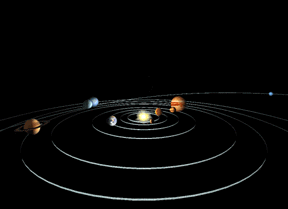This is an image of the solar system.
Click on image for full size
The Beginning of the Solar System
Scientists believe that the solar system was formed when a
cloud of gas and dust in space was disturbed, maybe by the expl
osion of a nearby star (called a
supernova).
This explosion made waves in space which squeezed the cloud of gas and dust.
Squeezing made the cloud start to collapse, as gravity pulled
the gas and dust together.
Just like a dancer that spins faster as she pulls in her arms, the cloud began to spin as it collapsed. Eventually, the cloud grew hotter and denser in the center, with a disk of gas and dust surrounding it that was hot in the center but cool at the edges.
As the disk got thinner and thinner, particles began to stick together and form clumps. Some clumps got bigger, as particles and small clumps stuck to them, eventually forming planets or moons .
Near the center of the cloud, where planets like Earth formed, only rocky material could stand the great heat. Icy matter settled in the outer regions of the disk, where the giant planets like
Jupiter formed.
As the cloud continued to fall in, the center eventually got so hot that it became a star, the Sun, and blew most of the gas and dust of the new solar system. By studying fragments of rock left over from this early phase of the solar system, scientists have found that the solar system is about 4600 million years old!
You might also be interested in:

As shown in this picture, while they were forming in the solar nebula, the core of the planets-to-be drew material to themselves from the cloud of gas and dust around them. The bigger planets-to-be were
...more
Titan is like other icy moons. Scientists want to know "how come Titan is the only one that has a big atmosphere?" Titan formed the same way other planets did, as shown in this picture. Where Titan formed,
...more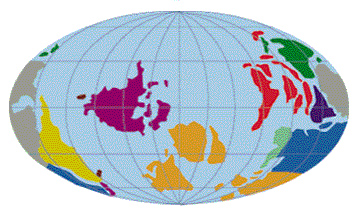
The Archean is the name of the age which began with the forming Earth. This period of Earth's history lasted a long time, 2.8 billion years! That is more than half the expected age of the Earth! And no
...more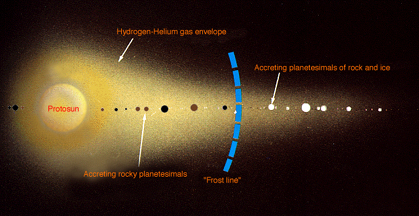
The position of the planets in the solar nebula affected how big they became and what they were made of. The blue line in the picture shows where it became so cold that ice began to form. Planets that
...more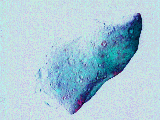
NASA is going to send a spacecraft to visit an asteroid. Two countries will work on the space mission - Japan and the United States. The name of the asteroid is Nereus. Nereus is a small asteroid. It is
...more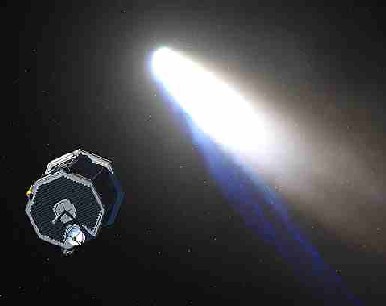
NASA’s Comet Nucleus Tour (called CONTOUR) launched July 3, 2002. The CONTOUR spacecraft will fly by at least two comets. It will take pictures and collect dust from the nucleus of each comet. Learning
...more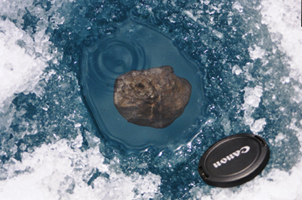
Have you ever looked at pictures of friends or relatives to see what they looked like when they were very young? That is what some scientists are trying to do with a meteorite that fell in Canada. This
...more


